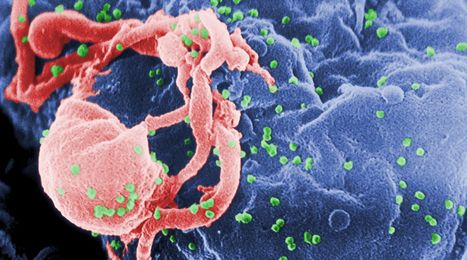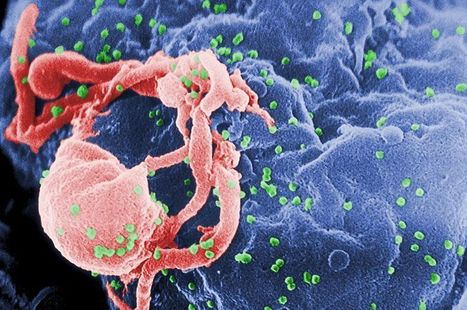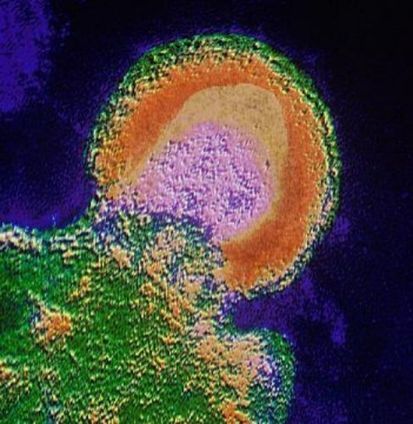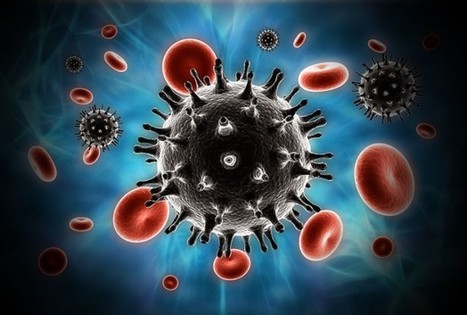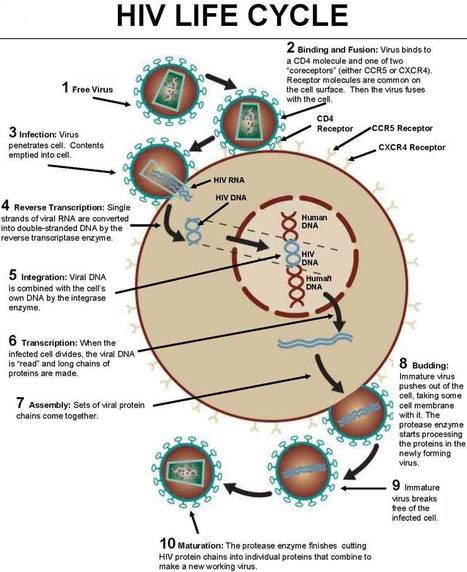Robert A. Weinberg (Daniel K. Ludwig Professor for Cancer Research; Member, Whitehead Institute) has earned some of the top honors in his field. Most recently, he won the 2006 Landon-AACR Prize for Basic and Translational Cancer Research. He is also a 1997 National Medal of Science awardee.
Weinberg’s laboratory discovered the first human oncogene and the first tumor suppressor gene. Today, much of his research focuses on new models of breast cancer development including the stages of tumor invasiveness and metastasis.
He earned his Ph.D. in biology from MIT in 1969, and was one of the Founding Members of the MIT Center for Cancer Research in 1973. He was appointed a professor at MIT in 1982, the same year he joined the Whitehead Institute. Weinberg was named American Cancer Society Research Professor in 1985 and received the Daniel K. Ludwig Professorship for Cancer Research in 1997. He is a member of the National Academy of Sciences and the Institute of Medicine.
 Your new post is loading...
Your new post is loading...
 Your new post is loading...
Your new post is loading...







